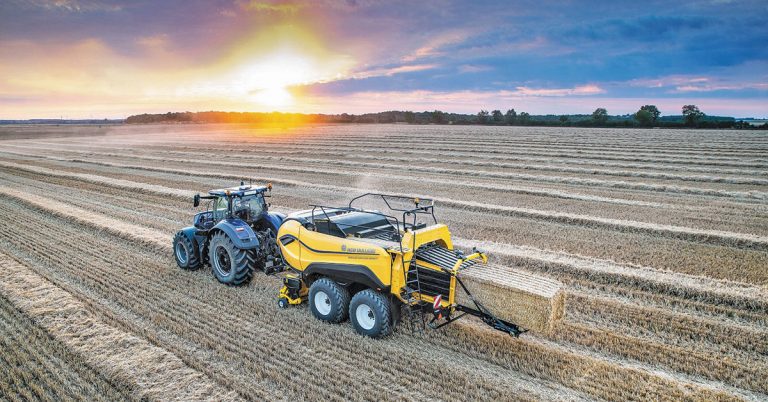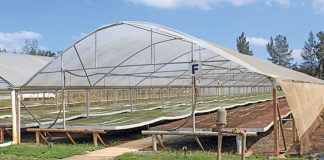
Photo: CNH Industrial
Not all innovations are on a grand scale. Sometimes it’s the small, simple changes that surprise us with the scope of their impact. Baler technology has undergone many changes and improvements, from advancements in baler automation to the implementation of improved wrapping systems, as well as machine capabilities aimed at bettering hay quality and minimising waste.
The latest baler innovation from New Holland, however, focusses on an often overlooked yet crucial aspect of the baling process: the tying of the knots that hold the finished bale together.
In a statement published by CNH Industrial, which owns the New Holland brand, the company says that in order to further enhance maximum productivity and minimise waste, while also focusing on making baling even more sustainable, New Holland focused on a key component in the baling process, namely the knotter.
The knotter secures the twine around the bale, but if the knot is weak or breaks, the bale is compromised and time, twine and crop are all wasted.
The Loop Master uses a new type of secure double knot. Not only does the system deliver a stronger knot to produce more robust bales and improve fodder quality, the loop-knotting process also eliminates twine offcuts from being discarded in the field, thereby protecting the environment.
Felix Ramuenke, global product manager for large square balers at New Holland, says in an article published on CNH Industrial’s website that New Holland was the first to introduce the double knot in 1987 and, in 2004, introduced six knots per baler.
Two knots
“We wanted to take the next leap in terms of efficiency, which meant upping bale density, but in order to achieve that, we needed a more robust, stronger knot,” says Ramuenke.
“With Loop Master, we introduced another first in knotting technology, one which is a big evolution in the baler industry.”
New Holland’s Loop Master knotting system works by first tying a standard knot. A second knot, the loop knot, is then added for additional bale security.
“Not only does this loop knot provide increased strength of up to 26%, resulting in greater baling efficiency and productivity, it enables well-tied bales of standard density to be made using lower-grade twine, or higher densities to be achieved with standard twine,” says Ramuenke.
Development
The development of the Loop Master took some five years from concept to manufacture. The project team used a 3D printer to make the prototype and first tested it in the plant before bringing it out to the field for testing over two seasons in all crops, including straw, hay, maize stover and lucerne.











